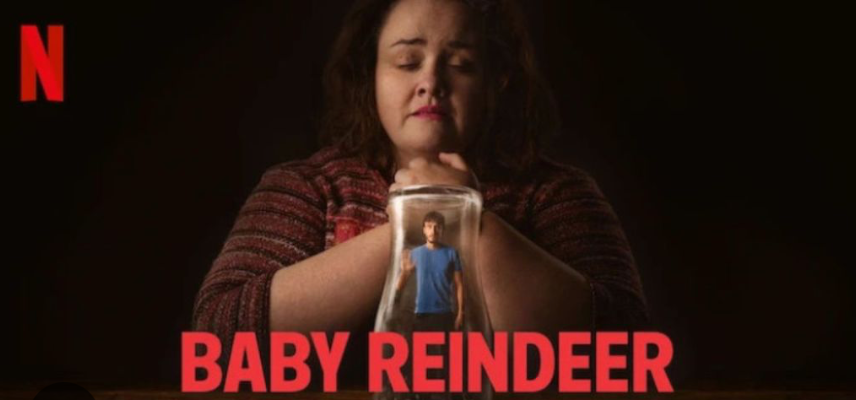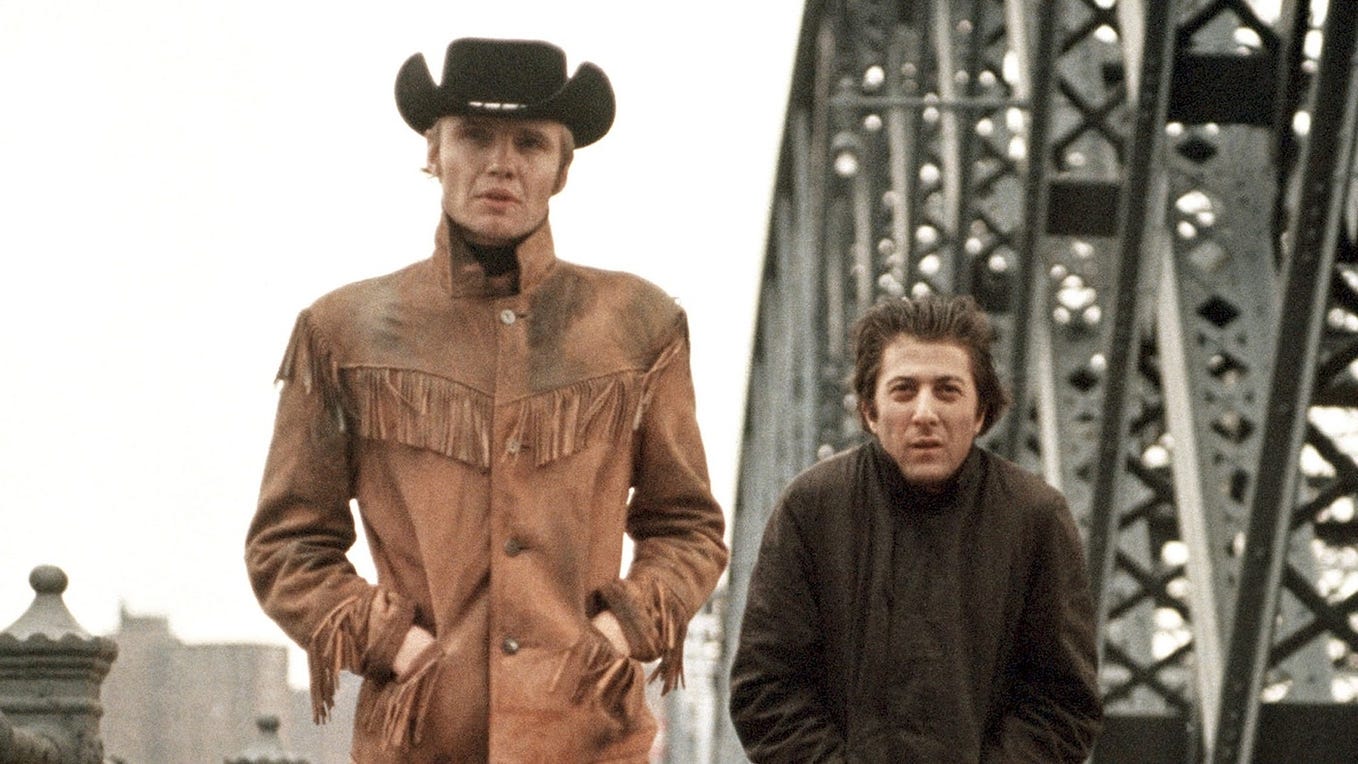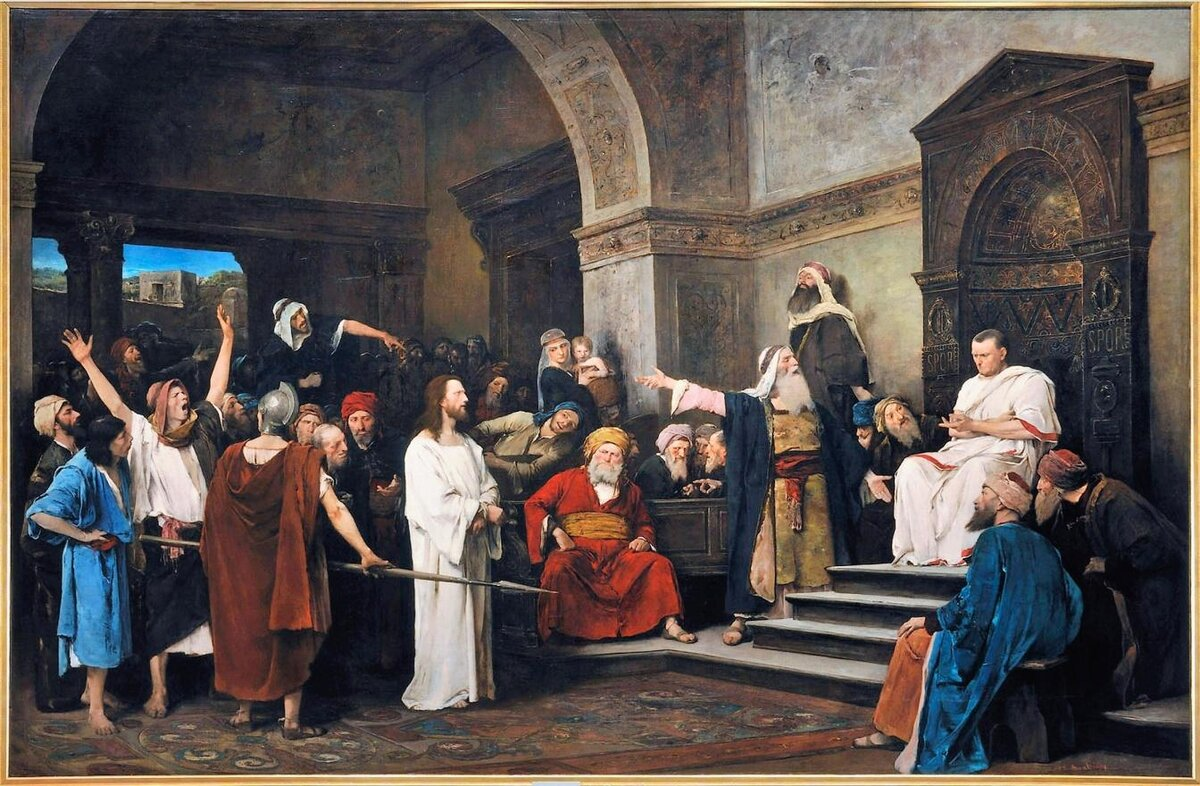Kundun — Martin Scorsese’s Tribute to a Marginalised People (That Disney Would Rather Forget)
Martin Scorsese takes us on a journey into the early life and ultimate exile of the 14th Dalai Lama from Tibet
Martin Scorsese certainly seems to have hit another home run recently with his latest feature, Killers of the Flower Moon. A sprawling, meaty, historical Western crime epic with a stellar cast, a stirring score, excellent pacing, and the advantage of both traditional cinema and streaming services. It is also nominated for 10 Academy Awards and may make history with the film’s luminous star, Lily Gladstone, becoming the first Native American actress to win an Oscar. It is a splendid film that pays tribute to a national tradition of the Old World of the Americas that risks being forgotten at the margins of the New World of the United States of America. And it’s a picture that owes itself to another Martin Scorsese feature, the much-forgotten Kundun.
Released by Walt Disney Pictures’ Touchstone Pictures outfit in 1997, Kundun stood out at its time of release as a very unlikely Martin Scorsese film. Sandwiched between 1995’s Casino and 1999’s Bringing Out The Dead — both of which touched upon familiar Scorsese turf (gangsters, corruption, violence, sex, dreary existentialism in an urban setting) and with star-studded casts — a feature with a cast of untrained native Tibetans, filmed in Morocco doubling for the grand sights of historical Tibet would have lacked a certain commercial appeal. (Even if it were released today, I suspect Kundun would have greater commercial success released straight onto a streaming service rather than a conventional cinema release.) And yet, this marks Martin Scorsese’s first delving into the story of a marginalised and maligned nation of people. In this case, the Tibetan Buddhists and their leader, the 14th Dalai Lama. A people whose lives were crushed and exiled under the whip hand of the People’s Republic of China, and, to this day, hope of an eventual return to their homeland, Tibet.
Released in 1997 with its cast of native Tibetans (many of whom are related to the actual Dalai Lama), its telling of a story of an indigenous people being exiled from their homeland by a ruthless colonial power seems very ahead of its time. A subject that Disney would be ripe to revisit in an age of streaming. Alas, I had to settle for watching Kundun on a second-hand DVD, with there being no trace of the feature on the Disney Plus streaming service. It’s a curious thing when a Western entertainment conglomerate makes such a public virtue over empowering marginalised voices. All the while deciding to film scenes of the recent Mulan remake in the Xinjang province (the location of concentration camps for Uighur Muslims), while burying an empathetic and engaging film about an exiled and marginalised people, who are victims of the same oppressive regime. Due to its submerging by Disney, Kundun is a film more likely to be known as a punchline in a Sopranos gag rather than a necessary highlighting of a dark chapter of 20th-century East Asian history.
Beginning with a red edition of the Touchstone Pictures logo (and an East Asian jingle), Kundun examines the early life of the 14th Dalai Lama, from his discovery in 1937 as the future leader of the Tibetan nation, until the exile of the Dalai Lama and his nation in 1959. Scorsese guides us through stages of his life — two, five, 12, and 22 — which shows us the mixture of a person of recognisable humanity combined with timeless wisdom of an ancient tradition. All underscored by a stirring score by Philip Glass that evokes Eastern mysticism as much as cinematic grandeur.
While the characterisation in Kundun might not be as conventionally accomplished as similar Scorsese films — The Last Temptation of Christ and Killers of the Flower Moon — they still leave an impact through the emotional realism of Tibetan actors in effect mourning the loss of their sovereign nation in real-time through their performances. Such emotion carries even more weight given the familial relations between the cast and the 14th Dalai Lama. For example, Tencho Gyalpo, who portrays the Dalai Lama’s mother, is the niece of the actual Dalai Lama; whereas Tenzin Thuthob Tsarong, who portrays the Dalai Lama as a young man, is the nephew of the Dalai Lama’s sister-in-law (who served as an adviser on the film).
What Kundun does supply is lavish and colourful cinematography that shows off the recreated locations of Tibet (courtesy of Roger Deakins), make up for the lack of cinematic verve that’s usually associated with a Scorsese feature. Perhaps this was Scorsese trying to add to a touching and sensitive story in a foreign location, and, consequently, doesn’t exhibit the same directorial confidence he does in his other works. (This is a contrast with Killers of the Flower Moon, where a Scorsese more confident in engaging with the stories of a nation of a maligned people, employs cinematic tricks used in Raging Bull and Goodfellas to enhance the storytelling of the targeted Osage Nation.) Later scenes in the film, however, do show flashes of Scorsese’s impactful cinematic style. A scene where the brutality of Tibetan children executing their own parents under the duress of the Chinese army, is juxtaposed with the personal grief of the Dalai Lama, effortlessly synthesises grief and horror. Another scene has the Dalai Lama standing among a sea of dead Tibetan monks, their red robes all combining to look like a sea of blood among a bed of corpses. As the film approaches its climax, we are shown a bittersweet vision of the death that awaits some of the Dalai Lama’s escorts as they stay behind to ward off Chinese pursuers. A sad farewell to some minor characters that helps the viewer journey alongside the escaping Dalai Lama, surveying the human cost of his rescue.
As well as being a bridge forward towards Killers of the Flower Moon, Kundun can also be seen as a journey for Scorsese from his classic cinematic study of Jesus Christ, The Last Temptation of Christ. Being filmed among several of the Moroccan sites used for The Last Temptation of Christ gives the film a spiritual siblinghood, even as the sets double for Lhasa and Potala Palace rather than Nazareth and Jerusalem. Scorsese conveys the Dalai Lama in his youth as at once a boy of charm, wit, and wonder as well as someone who absorbs the weight of his responsibilities as a religious and spiritual leader with grace and humility. After an encounter with a messenger of Chairman Mao (who brings the news of impending imperial occupation), the Dalai Lama says “I expected him to be a devil with red horns, but he’s an ordinary human being like me.”
Such a simple observation that contains such a depth of understanding about common and fragile humanity, even among those in the service of oppressive forces, reaches into the heart of the characterisation of the Dalai Lama. Scorsese’s very humanistic portrayal of a man deemed to be perfect — Jesus Christ — also broached the duality of a human being the leader of a great religious-spiritual tradition, a person of destiny, and yet also a flesh and blood human fragile to pitfalls of the material world.
In conveying the gradual takeover of Tibet by Mao’s China, Scorsese doesn’t go for in-your-face politicking, as much as he just lets scenes of plain action speak for themselves. Early in the Red Army’s incursions into Tibet, a character named General Tan complains about Tibetans singing mocking songs of his gold watch. The Tibetan monks remark that they cannot ban the possibility of singing or spoofing, as the General grimaces. It is then disheartening to see the art of song on display in the form of coerced propaganda as the children of Mao’s China sing in unison along a road of Beijing when the Dalai Lama visits Mao in person.
During the last of the Dalai Lama’s visits to Mao, Mao nakedly insults both the Dalai Lama and the Tibetan people with the bleak assertion that “Religion is poison, the opiate of the people.” The Dalai Lama’s resultant expression is one of stoic resilience. A resilience on display during a moment of geopolitical heartbreak as Mao strips away any sort of respect for religious liberty and freedom. As the late screenwriter for the film, Melissa Mathison (writer of E.T. The Extra-Terrestrial), said regarding the cast and their roles: “It’s all in their faces.”
In a Western film world that likes to think of itself as lending an empathetic ear to those suffering persecution and marginalisation, Martin Scorsese’s Kundun deserves a much better hearing than it currently receives. While it might not be a rounded cinematic marvel like Raging Bull, Gangs of New York, or The Departed, and lacking the finesse and style that’s on display in Killers of the Flower Moon, it is a noteworthy piece in the Scorsese filmography.
Kundun is an accessible telling of a story of perpetual injustice being felt until this very day. Not to mention a reminder of the importance of religious and spiritual freedom, and the virtues of stoic integrity and commitment to principle and heritage in the face of oppression. And a visual tribute to the land of Tibet (via Morocco).
In responding to the screenwriter Melissa Mathison pitching him the film idea for Kundun, the Dalai Lama said “It will be good for children, good for Tibet, and good for publicity!” I hope this review helps in spreading the word about a film that deserves a better place in our cinema culture beyond being found for a good second-hand DVD price.
**For anyone interested in the making of Kundun, the behind-the-scenes documentary, In Search of Kundun with Martin Scorsese, is recommended viewing.**










